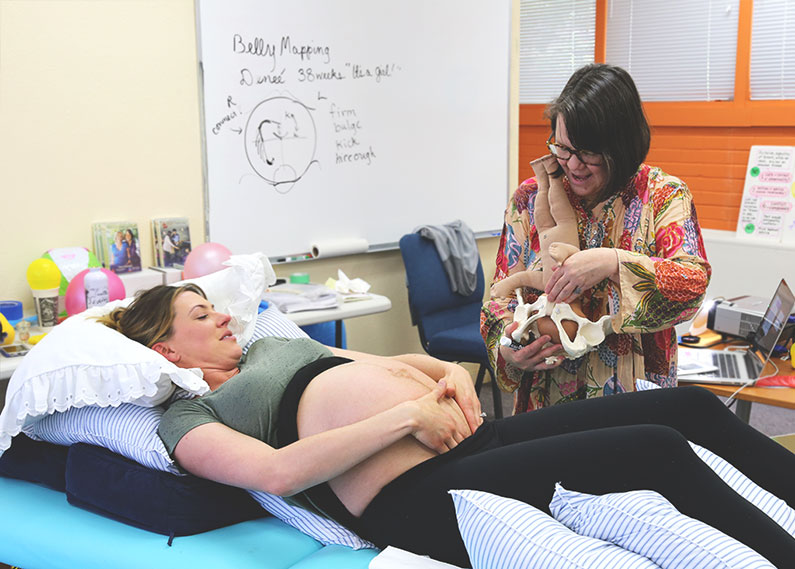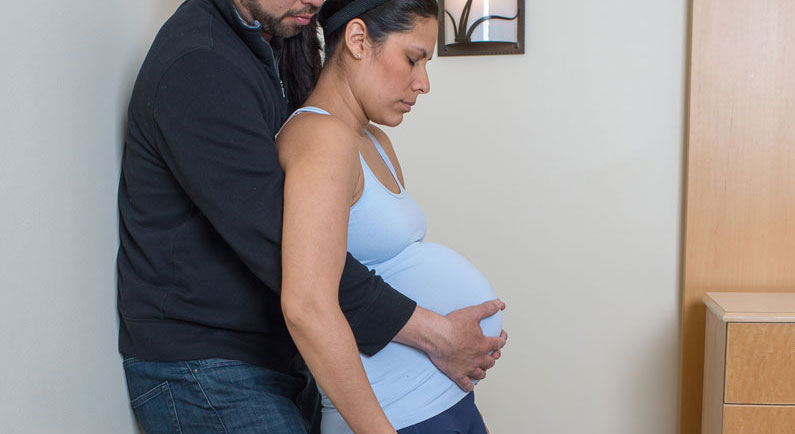
After observing induction and common interventions, researchers reported their findings in Birth, a journal focused on the care of childbearing women, infants, and families. The article, called “Associations among cervical dilatation at admission, intrapartum care, and birth mode in low-risk, nulliparous women,” found that early labor admissions were related to a higher likelihood of finishing the birth by cesarean surgery. Lobst and the research team reported that the majority of women in the United States receive multiple interventions during the intrapartum period. The objective of their study was to see patterns between cervical dilatation at admission and how the birth finished in low-risk, first births that began labor spontaneously.
The team tracked the use of amniotomy, epidural anesthesia, and artificial oxytocin augmentation and checked the mode of birth—vaginal or cesarean. Of 21,858 births, 92% had one intrapartum intervention, and 22.7% received all three interventions. Women entering the hospital at 0-3 cm were more than twice as likely to receive the combination of amniotomy-epidural-oxytocin, and almost as much if coming in at 4-5 cm, compared to admission at 6-10 cm. Another study showed that epidurals slowed the time it takes for baby to come down the pelvis (descent). The likelihood of cesarean birth was five times greater for women admitted at 0-3 cm and two times greater when admitted at 4-5 cm, compared to 6-10 cm.
Spinning Babies® is a physiological approach to birth that uses Balance, Gravity, and Movement to create space for baby to enter the pelvis in labor. Once labor begins, the uterus works to help the baby to engage, or dip into the pelvis. Contractions that are unusually strong, erratic, or irregular indicate a challenge to engagement. Additionally, contractions that are not as strong, but instead stay just less than effective to dilate the cervix also signal lack of engagement. Assisting engagement helps baby apply their head nicely to the cervix to encourage dilation.
Rather than rupturing the membranes, Spinning Babies suggests a physiological engagement strategy to encourage engagement and help regulate contraction frequency and strength. The Abdominal Lift and Tuck can help open the top of the pelvis to let baby in.

Making the top of the pelvis more open can also help the posterior baby rotate. Attend a Spinning Babies® Workshop or get our Quick Reference Cards: A Trainer in Your Pocket to learn how to match birth positions to baby’s location in the pelvis. Rather than forcing contractions to come quicker or stronger, help baby engage to find ease, sometimes less painful contractions, and labor progress!
References:
Iobst, Stacey E., et al. “Associations among Cervical Dilatation at Admission, Intrapartum Care, and Birth Mode in Low‐Risk, Nulliparous Women.” Birth, vol. 46, no. 2, 2019, doi:10.1111/birt.12417.
Chaemsaithong, Piya, et al. “Factors That Affect Ultrasound-Determined Labor Progress in Women Undergoing Induction of Labor.” American Journal of Obstetrics and Gynecology, 2019, doi:10.1016/j.ajog.2019.01.236.
You also might like:
Upcoming Workshops
[tribe_events_list limit=”4″]
One of our most beloved products, now with subtitles in English, French, and Spanish, offering expert support to reduce intervention and increase comfort throughout pregnancy and birth.